Korean face masks have gained popularity worldwide due to their uniqueness and effectiveness. With their roots in the Korean beauty industry, known for their innovative skincare products, these face masks have become a go-to solution for various skin concerns. This article aims to provide an in-depth understanding of the Korean face mask, highlighting its different types, features, and materials used in its formulation.
Types of Korean face masks
There's a wide array of Korean face masks available in the market, catering to different skin types and concerns. A common type is the Korean sheet mask, which is a cloth or paper soaked in various potent ingredients. These masks are designed for single use and are known to provide deep hydration and nourishment to the skin. Another popular type is the Korean clay mask. These masks are ideal for those with oily or acne-prone skin as they help detoxify the skin and unclog pores. There's also the Korean led mask, which uses light therapy to address different skin issues like acne, inflammation, and signs of aging.
Features of Korean face masks
Korean face masks are known for their unique features that make them stand out from other skincare products. A notable feature is the variety of active ingredients used in these masks, ranging from traditional herbal extracts to modern skincare innovations like snail mucin and hyaluronic acid. These ingredients are known to provide intense hydration, brightening, anti-aging, and acne-fighting effects. Another feature is the ease of use of these masks. Many Korean face masks are designed for convenience, requiring just 15-20 minutes of application, making them a suitable choice for those with busy schedules.
Materials used in Korean face masks
The materials used in Korean face masks play a crucial role in their effectiveness. For instance, the material of the Korean sheet mask is designed to hold the essence or serum, ensuring that the skin absorbs the maximum amount of active ingredients. These masks are often made from materials like cotton, cellulose, or hydrogel, each offering its unique benefits. On the other hand, Korean clay masks are typically made from natural clays like kaolin or bentonite, known for their oil-absorbing and pore-cleansing properties.
In conclusion, a Korean face mask offers a range of benefits, providing targeted solutions for various skin concerns. With their unique types, features, and materials, these masks have become a staple in skincare routines worldwide. Whether it's a Korean skin mask for hydration, a Korean clay mask for oil control, or a Korean led mask for anti-aging, there's a Korean face mask for every skin concern and type.






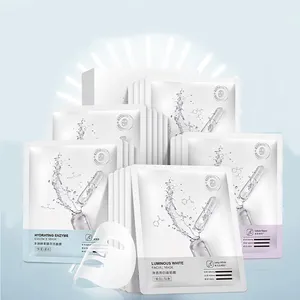


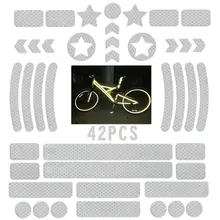
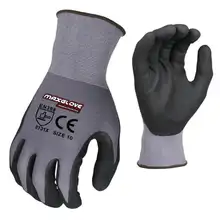
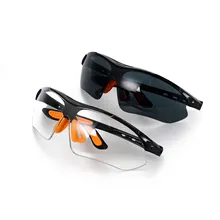


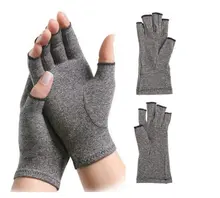




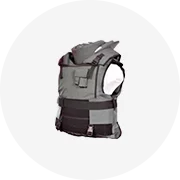

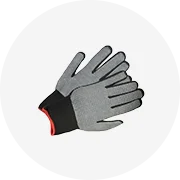
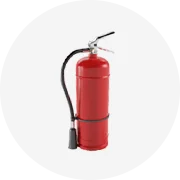
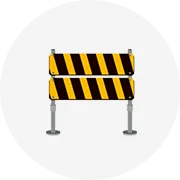








 浙公网安备 33010002000092号
浙公网安备 33010002000092号 浙B2-20120091-4
浙B2-20120091-4